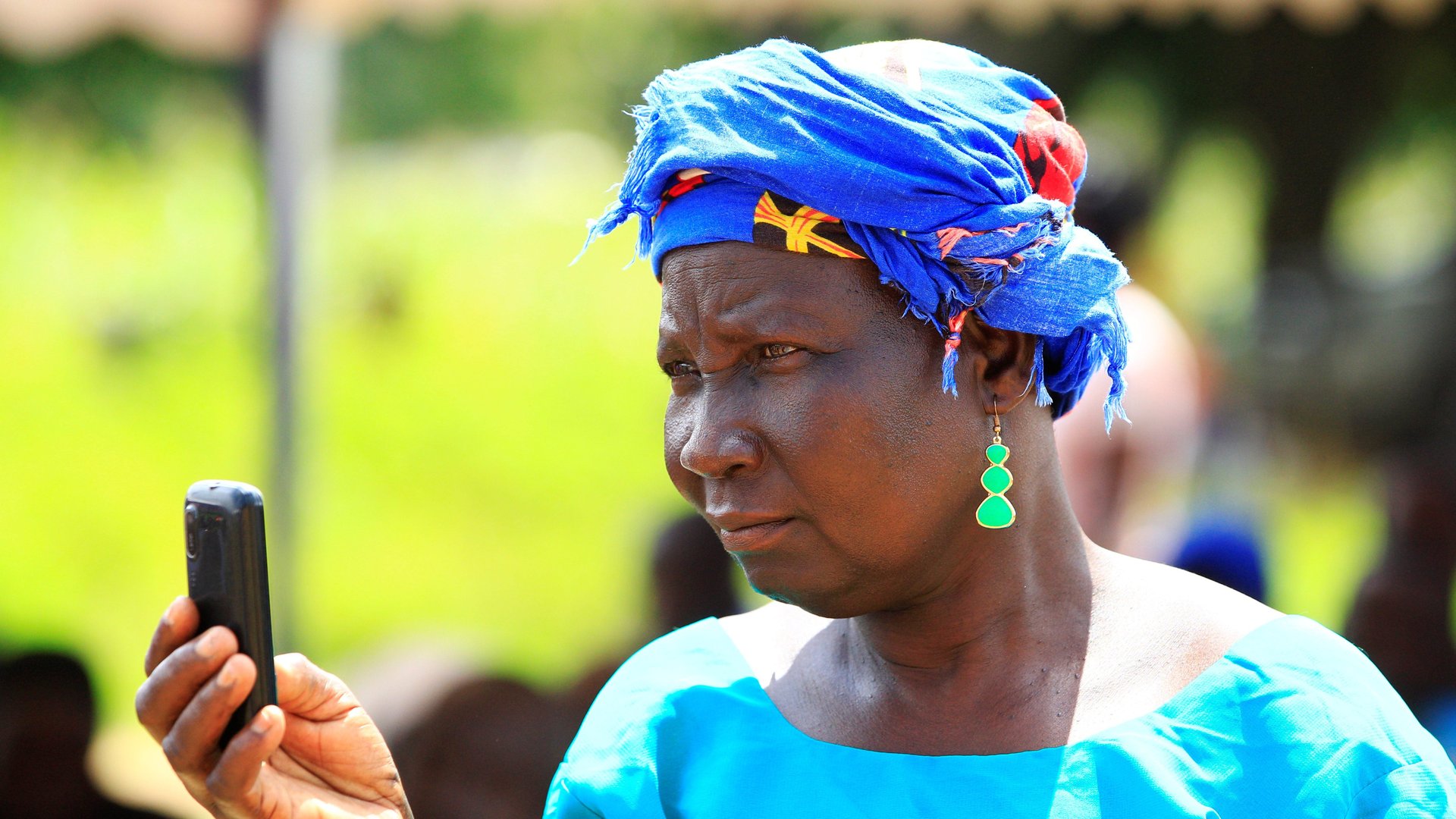Not even Covid-19 improved Africa’s mobile phone gender gap
The Covid-19 pandemic made access to mobile phones and mobile internet more important. Yet the gender gap for mobile phone ownership and mobile internet use in sub-Saharan Africa remained largely unchanged in the past year.


The Covid-19 pandemic made access to mobile phones and mobile internet more important. Yet the gender gap for mobile phone ownership and mobile internet use in sub-Saharan Africa remained largely unchanged in the past year.
Compared to 2019, women in sub-Saharan Africa were just as unlikely to own a mobile phone last year as they were the year before, and only slightly more likely to be able to access the internet using one. These dismal statistics are from the latest Mobile Gender Gap Report by GSMA, an organization that represents the interests of mobile operators worldwide.
The findings are based on a GSMA survey of more than 9,000 people from eight low-and-middle-income countries.
Mobile phones are a primary way to access the internet
Mobile phones are the main tool people use to access the internet in developing countries; more than 3 billion people in low- and middle-income countries access internet using this device, according to GSMA. They are even more important for women, who are more likely than men to access the internet exclusively on a handset. However, women have much less access than men to mobile phones and internet. The widest gaps are in south Asia and sub-Saharan Africa, according to the GSMA report.
Covid-19 restrictions and lockdowns increased the importance of mobile phones and internet worldwide. Many businesses, workplaces, governments, and schools, including in Africa, accelerated their adoption of digital technologies in the face of these challenges. That these gender gaps remain shows how deep of a challenge they are for the growth of Africa’s digital economy. These gaps hurt economically: the International Finance Corporation recently estimated that bringing more female sellers onto online retail platforms could boost the African e-commerce market by $14.5 billion.
For low- and middle-income countries, the report found that the gender gap in mobile ownership has remained mostly unchanged since 2017, at 7% down from 9%, while that in mobile internet use has reduced to 15% from 25%. The main barriers to mobile internet use for both men and women are the expense of internet-enabled handsets, and poor literacy and digital skills.
The disproportionate negative effects of the pandemic on women
The report noted a significant increase in the use of mobile internet for video calls, listening to music, and watching videos in the last year. But women’s ability to go online in some countries has suffered as the pandemic has forced many to take on even more household responsibilities, such as educating their children from home, while experiencing job and income losses.
It’s unclear “which story will win out” in the future—the real need to go online or the negative impacts of the pandemic, Claire Sibthorpe, head of connected women and connected society at GSMA, tells Quartz.
Sign up to the Quartz Africa Weekly Brief here for news and analysis on African business, tech, and innovation in your inbox.